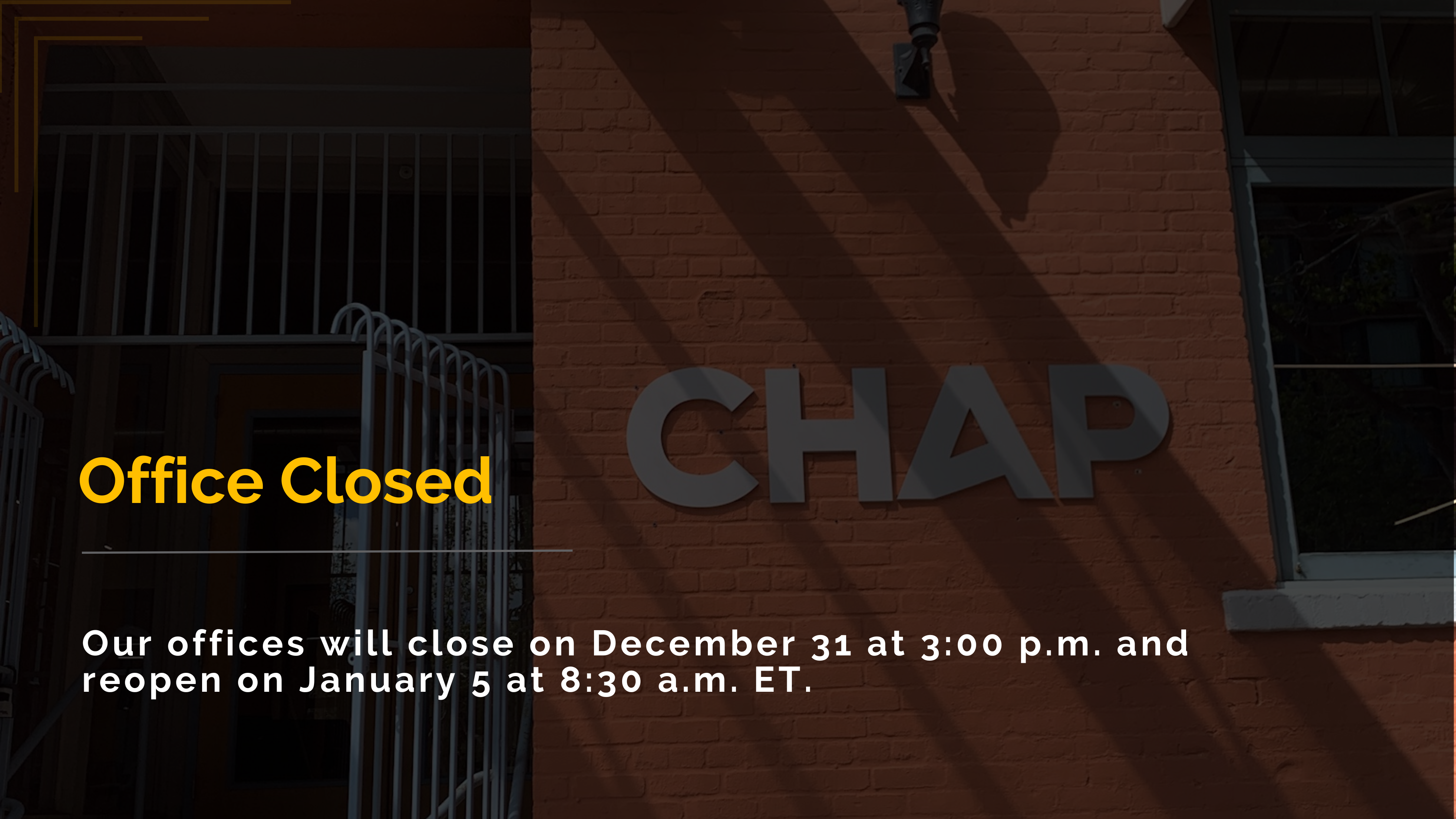
Summer is Here – Is Your Emergency Preparedness Plan Ready?
Written by Jennifer Kennedy
I recently participated in an emergency preparedness tabletop exercise that included multiple healthcare organizations, and it was an eye-opener. The exercise was based on extreme heat which is a valid hazard for most states and providers in the summer months and should be included in a hazard assessment of potential threats. When the exercise started, I thought this would be completely manageable, but as the facilitator added layers of complication to the scenario in rapid succession, I became less sure that most providers could handle an extreme heat event if it progressed to a life-threatening disaster. Most operating healthcare providers have survived the COVID-19 pandemic and feel they have a good handle on their emergency preparedness and plan implementation. But, as more time builds from the end of that event and we experience relative “disaster peacetime”, providers may be allowing their plans to slip.
While I was not a provider in this exercise, I encouraged the providers in my group to constantly ask themselves, “Is everything I am doing in this exercise included in my emergency plan?” The answer was no, and they identified several gaps in their plan for review and improvement. The tabletop exercise pushed them to think about potential outcomes they had not considered and the impact on operations and patient care.
Providers need to follow the falling dominos when building an optimally functioning emergency preparedness plan.
CMS provides the regulatory framework for the structure of your plan, but you need to go beyond that to adequately map out your actions and utilization of resources to ensure the safety of your patients, their families, and your staff. In the extreme heat tabletop, the providers in my group did well in responding until the facilitator added the fourth layer of complication. They discussed appropriate actions, shared the content of and gaps in their emergency preparedness plans, and learned from each other. It was insightful to observe the collaboration.
Summer and Hurricane season are here and as climate change increases temperatures and the possibility for stronger storms each year, all providers need to ensure they are anticipating the maximum domino effect of every disaster prioritized in their hazard risk assessment.
I highly recommend collaborating with local and state providers and entities to participate in a joint tabletop exercise if there is an opportunity. Internal tabletop exercises are helpful, but participating in an external exercise with other provider types can help identify gaps not considered in your plan (communication, training, testing), and provide positive insight and exchange of ideas related to actions of others outside of your organization. It is also important to work with someone skilled at running a tabletop scenario as this can make or break the experience.
If you decide you would like to create and run a tabletop exercise at your organization, here are some best practices for conducting a successful support exercise:
- Define Clear Objectives:
- Clearly outline the goals and objectives of the tabletop exercise (TTX). What specific aspects of the emergency response plan do you want to test? Is it communication, decision-making, or coordination?
- Scenario Development:
- Create a realistic scenario that aligns with the potential risks your organization may face (e.g., natural disasters, cyberattacks, public health emergencies).
- Develop a scenario script that includes relevant details, such as the incident type, location, and impact.
- Participant Selection:
- Involve key stakeholders and decision-makers in the TTX. This includes representatives from emergency management, incident command, communications, and other relevant departments.
- Ensure diversity among participants to simulate real-world dynamics.
- Facilitator and Controller Roles:
- Designate a facilitator who guides the exercise and ensures it stays on track.
- Appoint a controller who manages the scenario and injects new information as the exercise progresses.
- National Incident Management System (NIMS) and Incident Command System (ICS):
- Apply NIMS and ICS principles during the TTX. Participants should demonstrate their understanding of these frameworks.
- Discussion-Based Format:
- TTXs are discussion-based, not operational. Participants discuss their responses to the scenario rather than physically implementing actions.
- Encourage open dialogue and collaboration.
- Injects and Triggers:
- Introduce injects (additional information or events) at specific intervals to challenge participants.
- Use triggers (specific cues) to prompt specific actions or decisions.
- After-Action Review:
- Conduct a thorough after-action review (AAR) immediately after the TTX.
- Identify strengths, weaknesses, and areas for improvement.
- Develop an improvement plan based on the AAR findings.
- Documentation and Reporting:
- Document the TTX process, including discussions, decisions, and lessons learned.
- Prepare an after-action report (AAR) that summarizes findings and outlines corrective actions.
- Regularly Update Plans:
- Use TTX results to update and enhance your emergency response plans.
- Schedule periodic TTXs to maintain readiness and test new scenarios.
Remember that TTXs provide a safe environment to identify gaps, improve coordination, and enhance overall preparedness.
For more detailed guidance, you can refer to resources such as the CISA Tabletop Exercise Package (CTEP) Exercise Planner Handbook. It provides step-by-step instructions for planning and executing tabletop exercises.
What is a tabletop exercise for emergency plan training?
Tabletop exercises are informal facilitator-led discussion sessions where team members meet in a classroom-like setting to discuss their roles during an emergency and their responses to a specific emergency scenario. The duration of a tabletop exercise depends on the audience, the topic being exercised, and the exercise objectives. CMS allows a tabletop as an exercise of choice for providers, but they are not a substitute for required full-scale community-based or individual facility-based exercises.
This type of functional exercise allows staff to validate their emergency plan and readiness by performing their duties in a simulated operational environment. Activities for a functional exercise are scenario-driven, such as the failure of a critical business function or a specific hazard scenario. Functional exercises are designed to exercise specific team members, procedures, and resources (e.g. communications, warnings, notifications, and equipment set-up).
